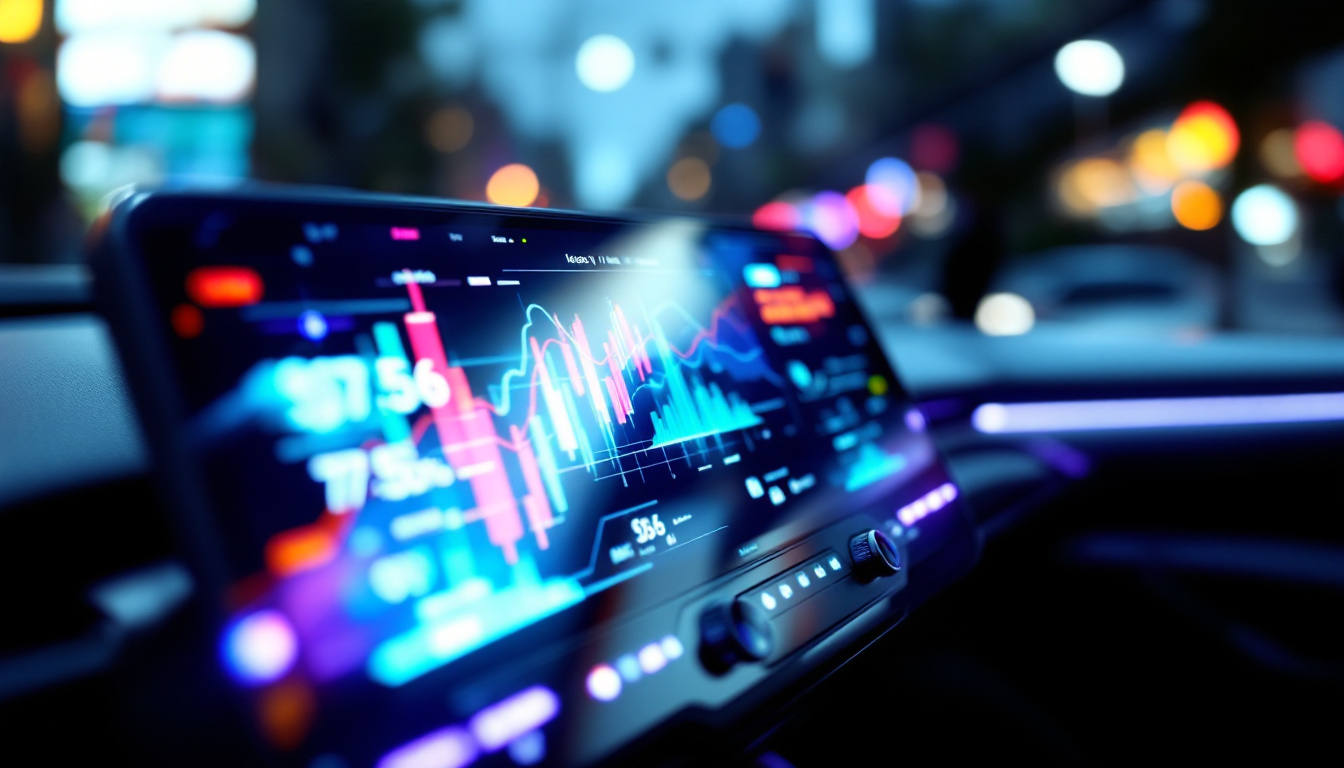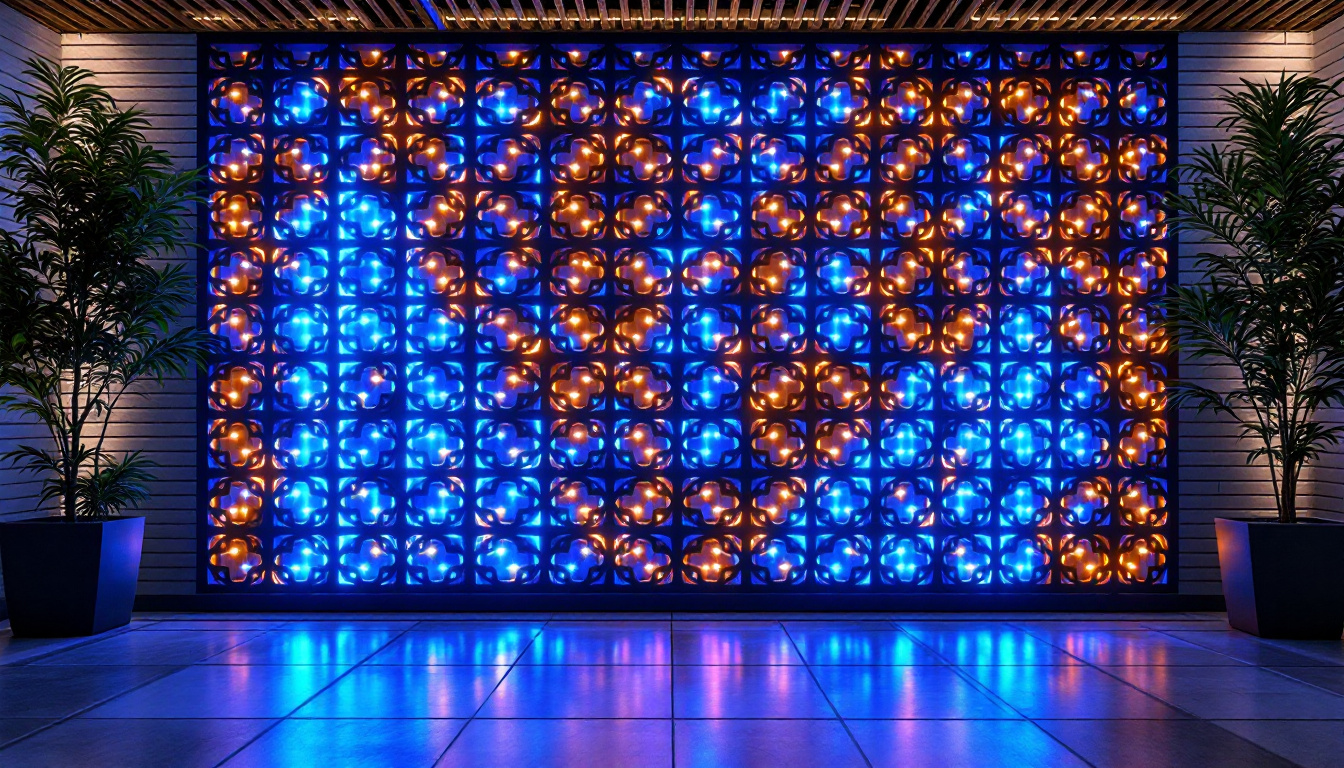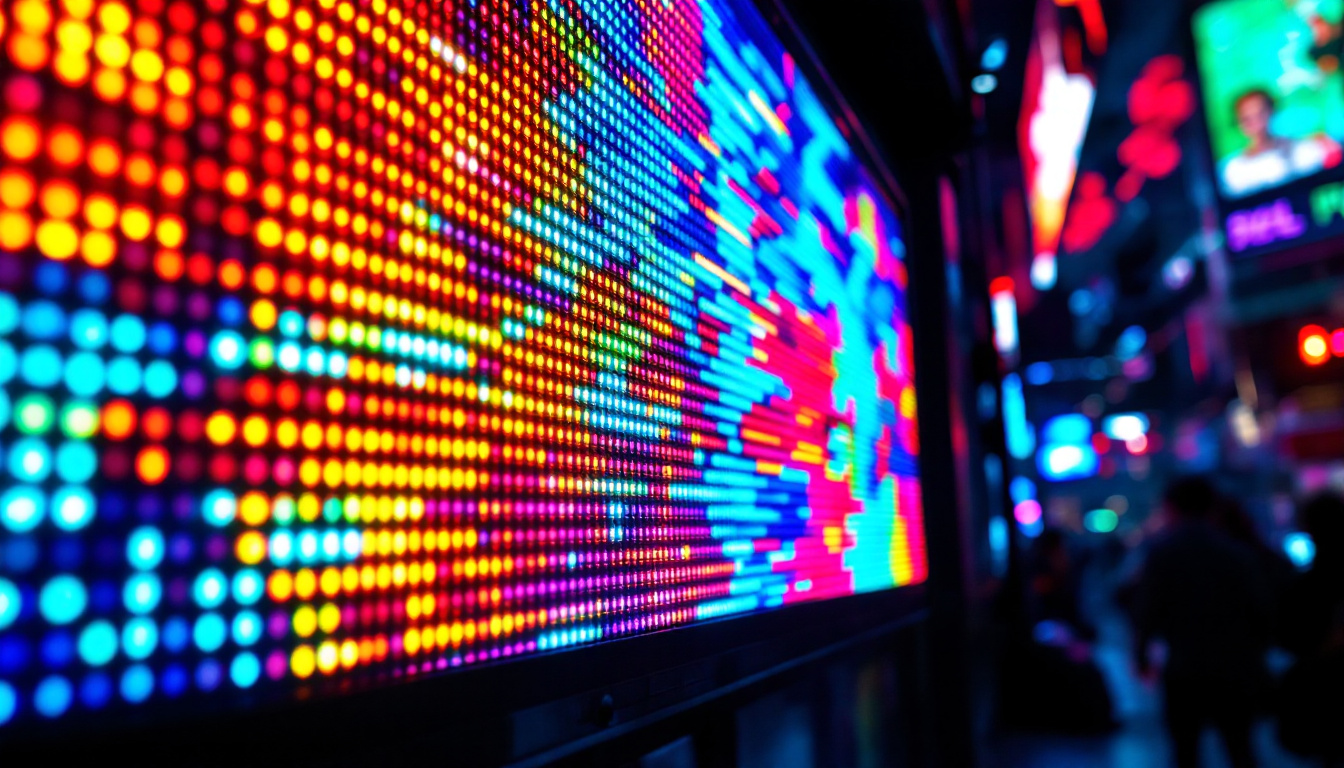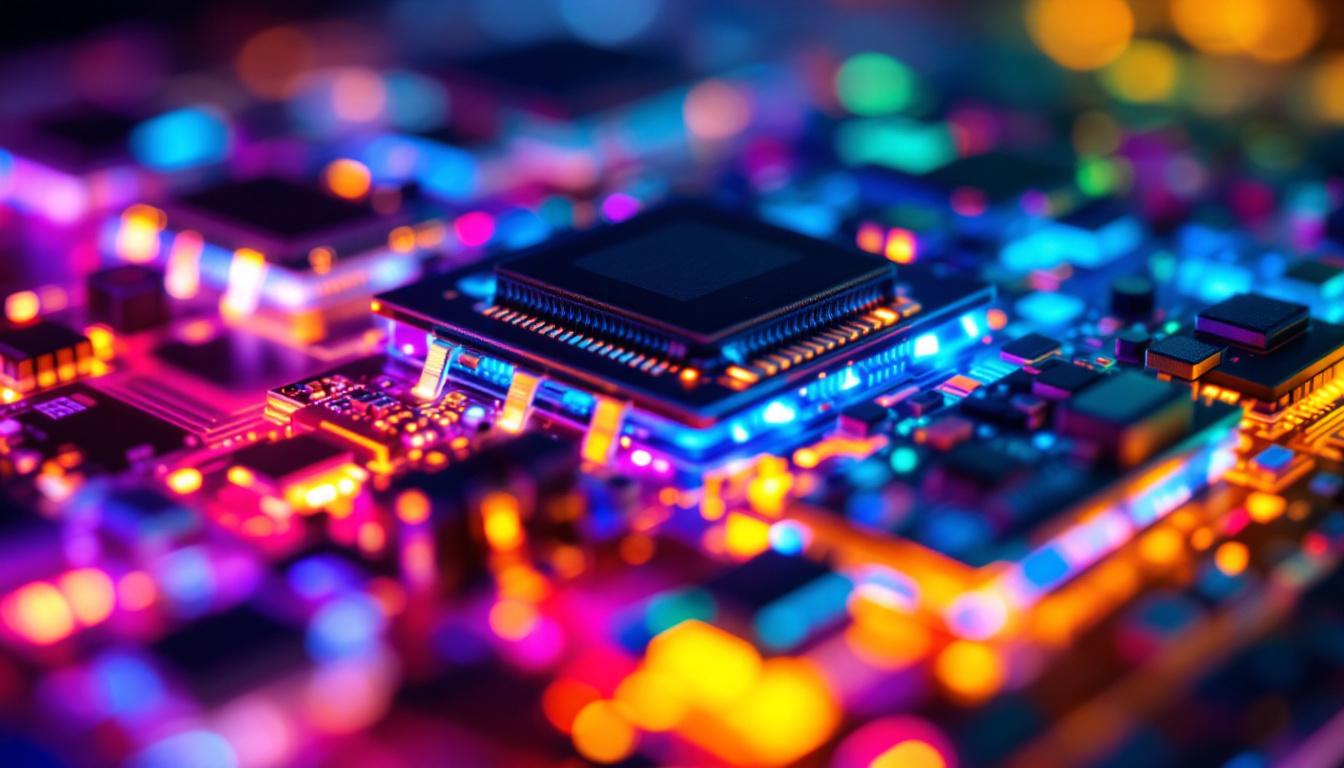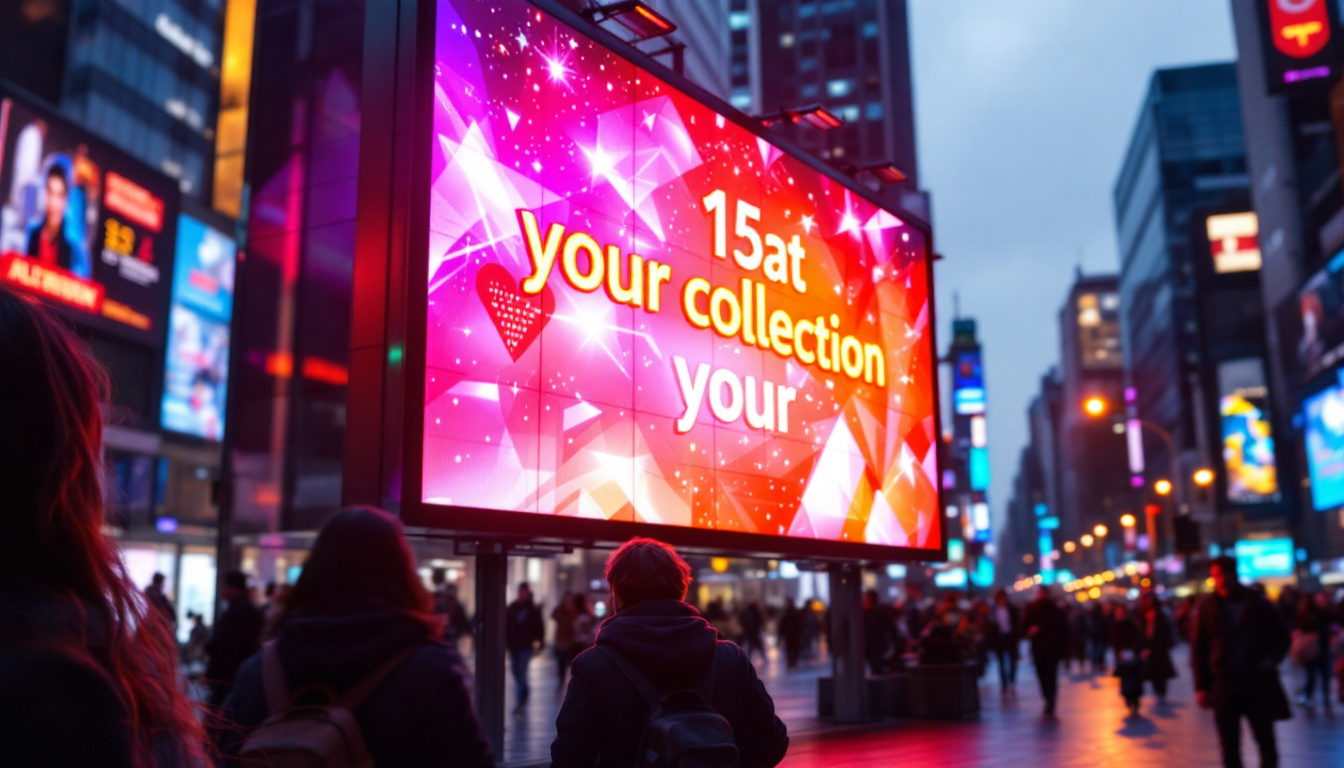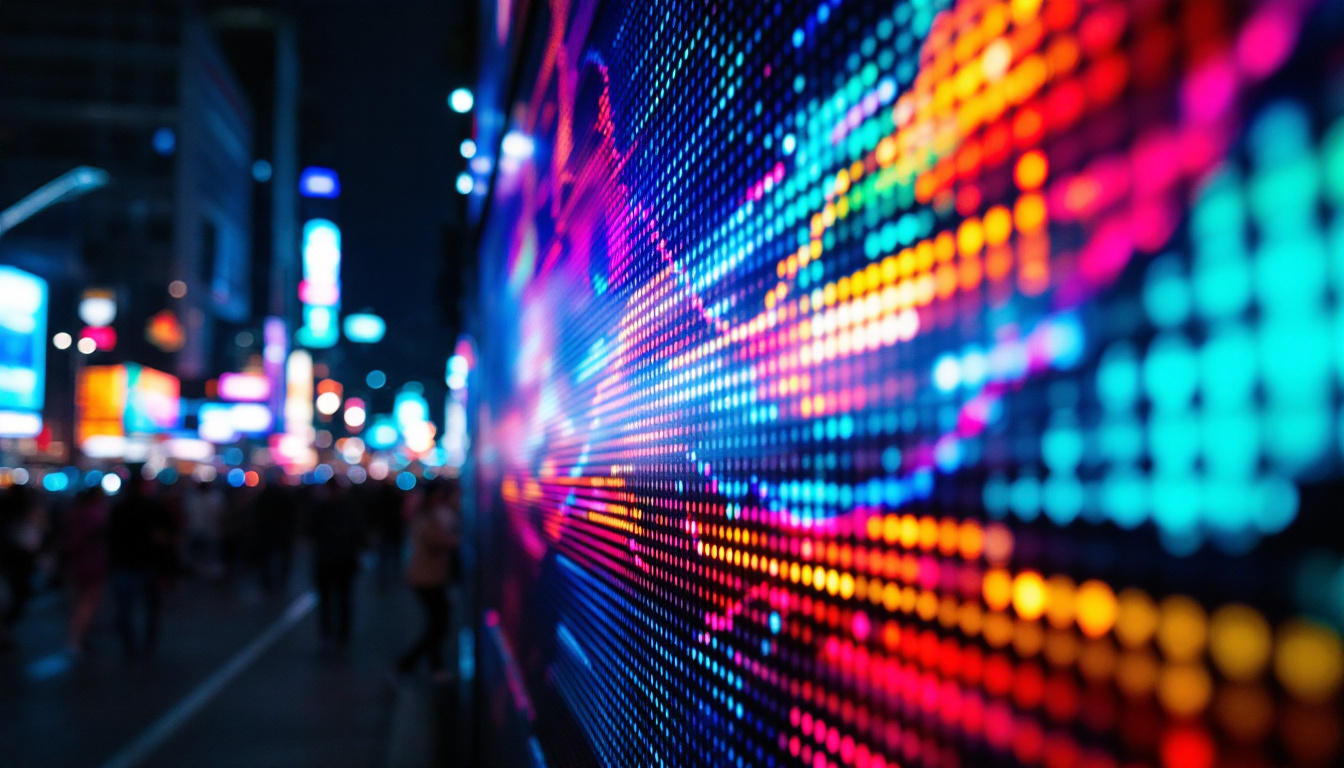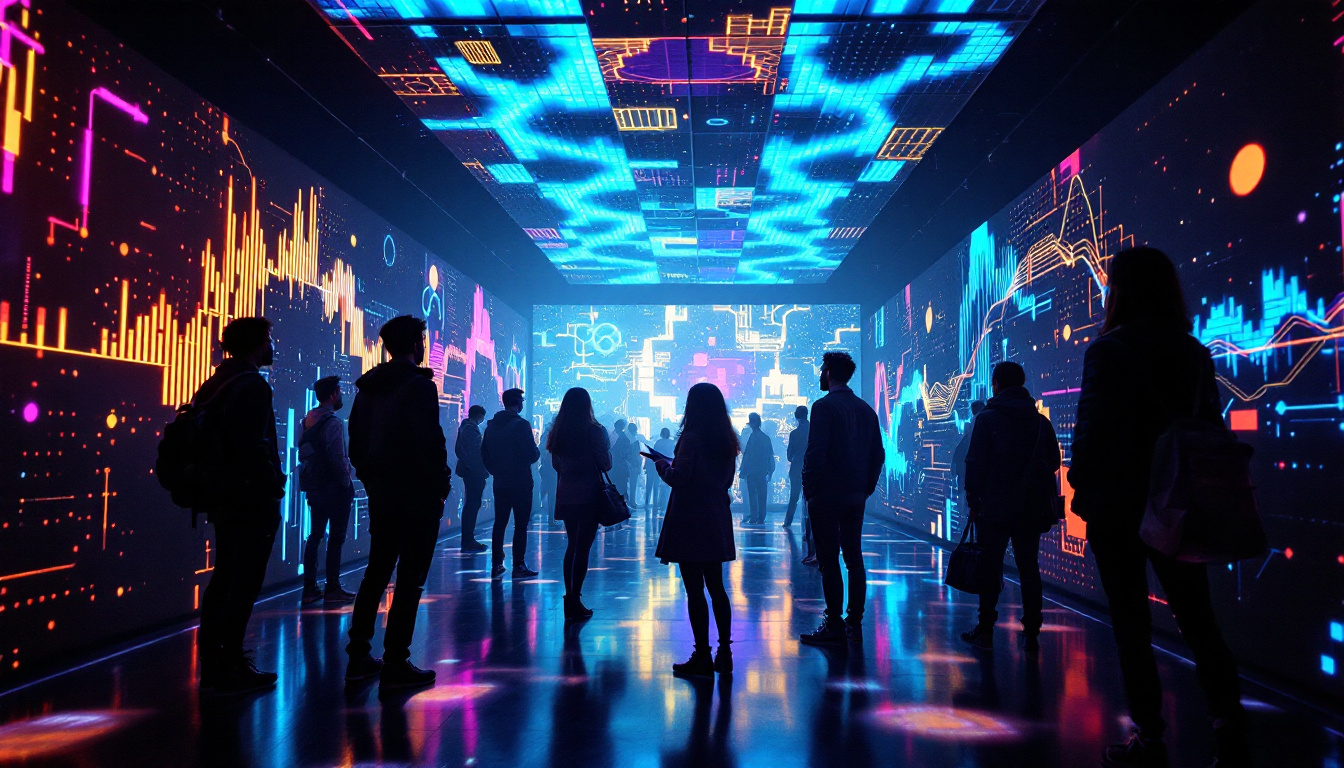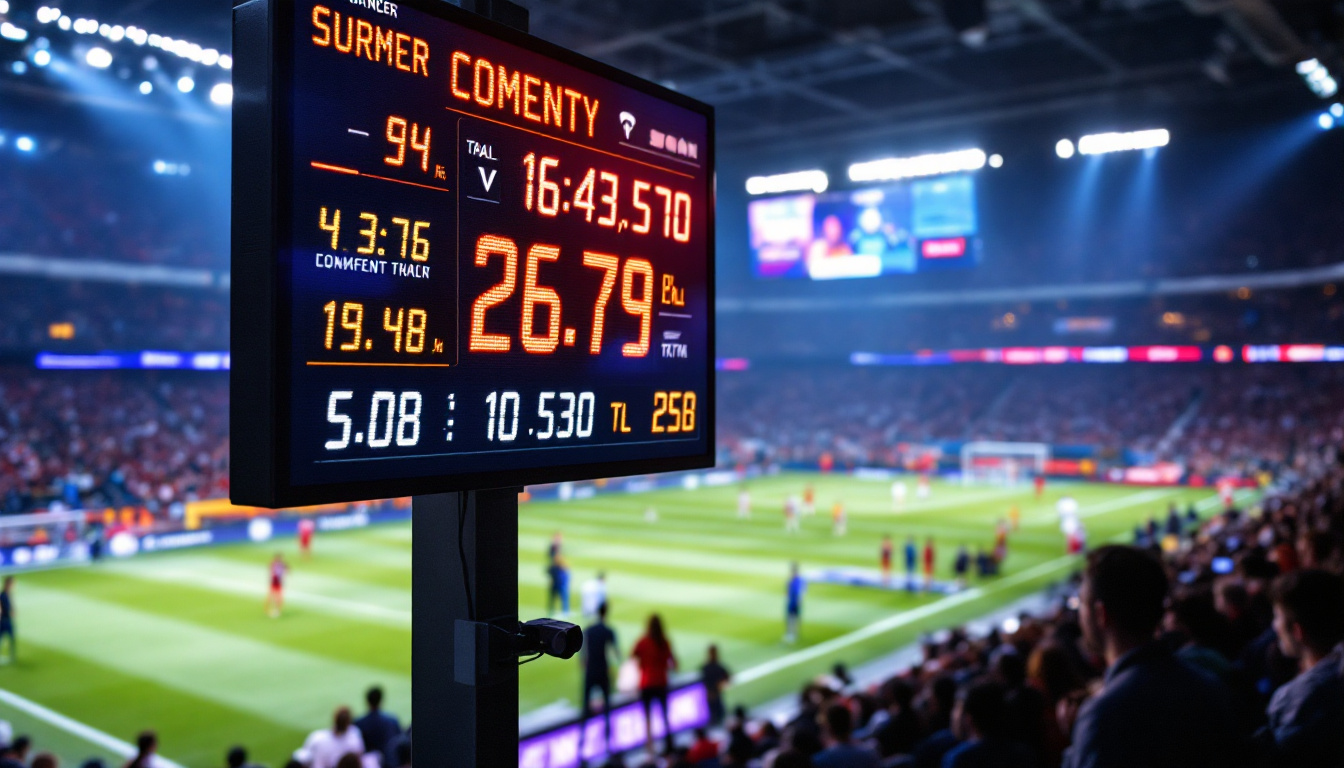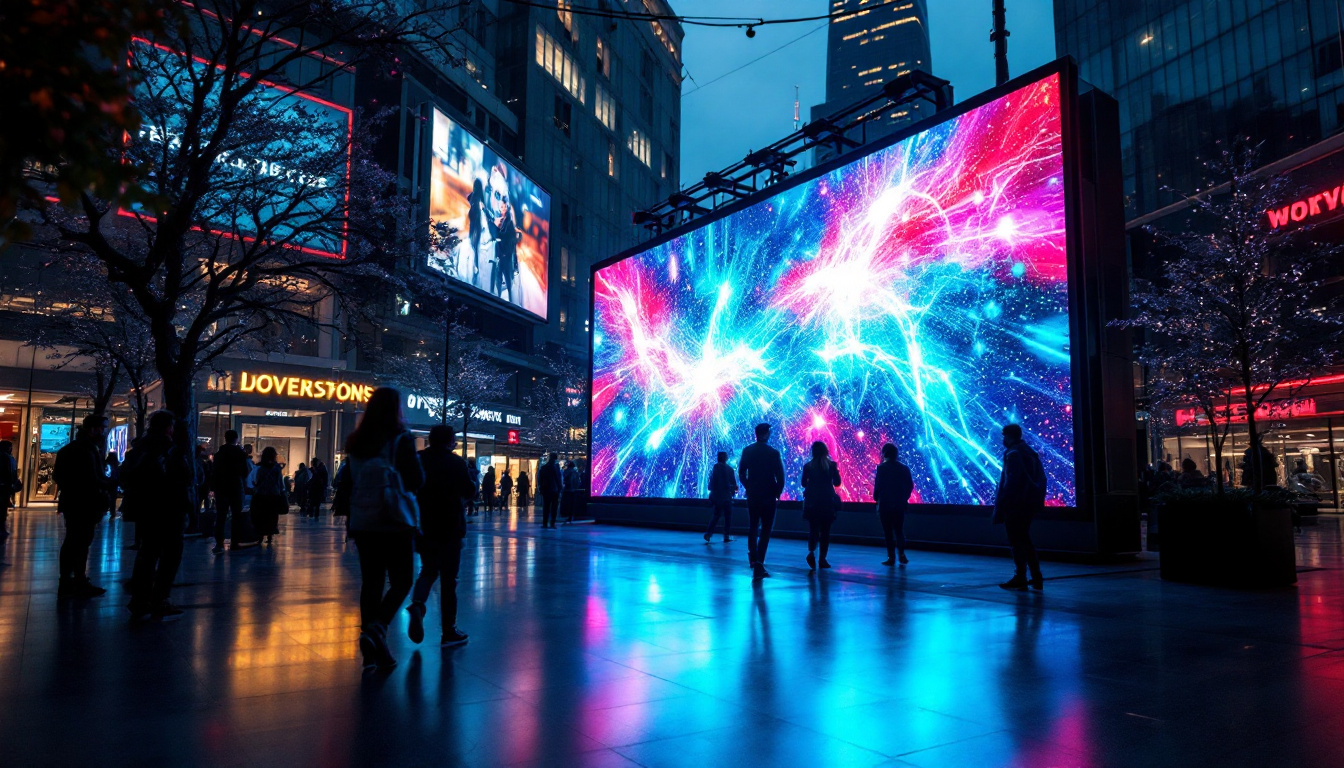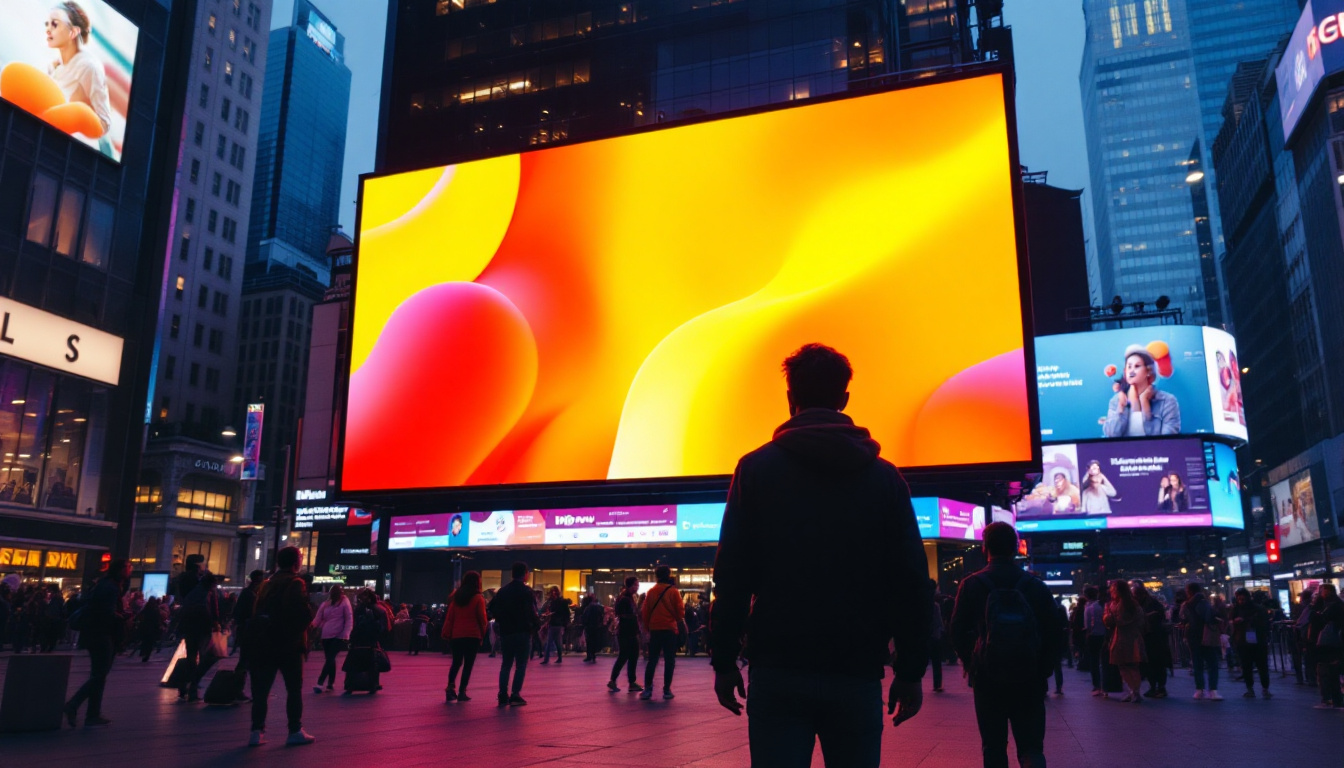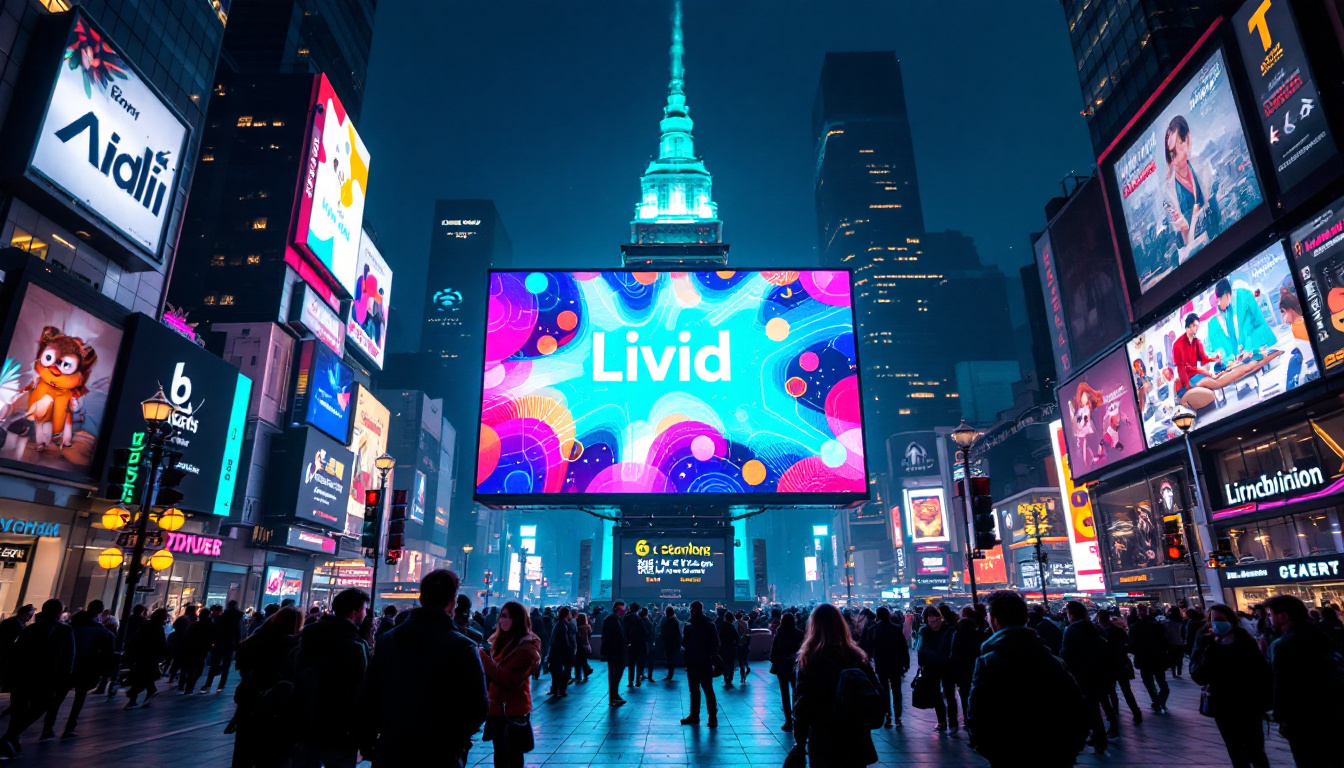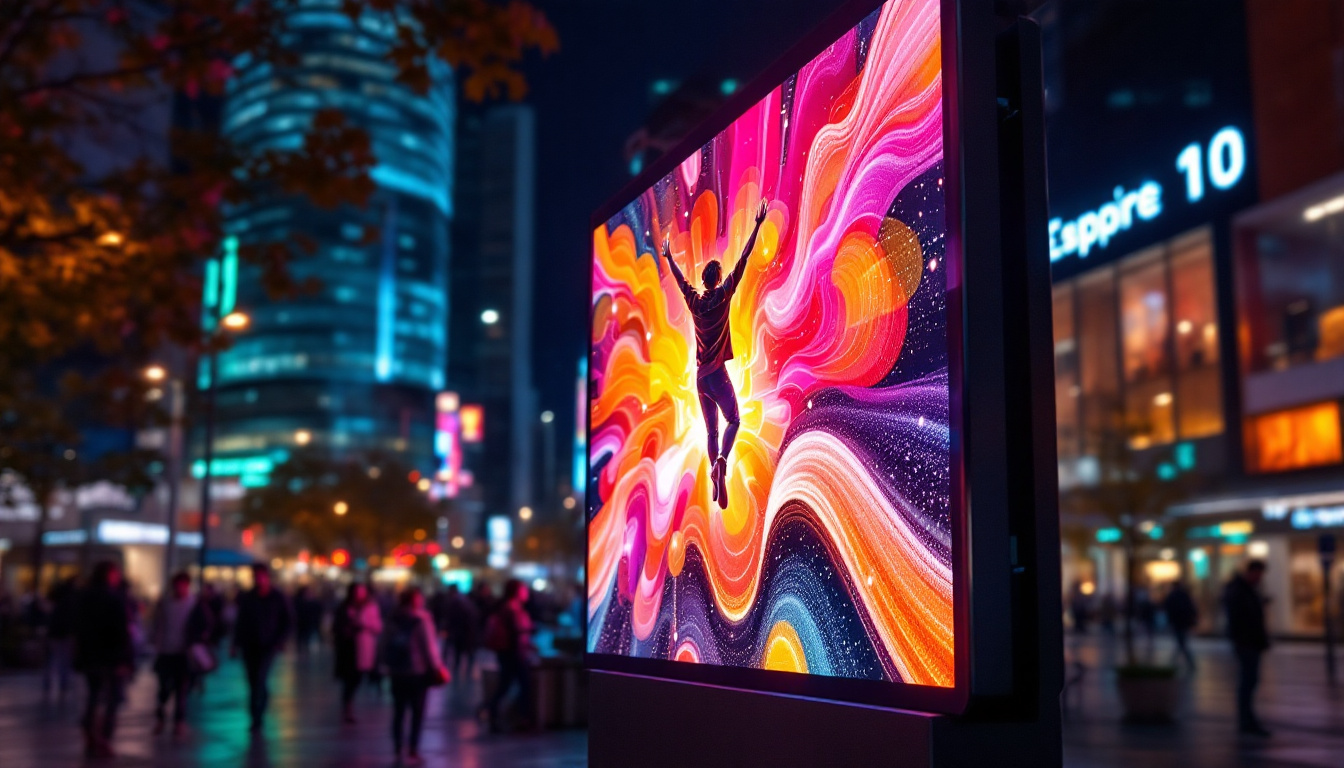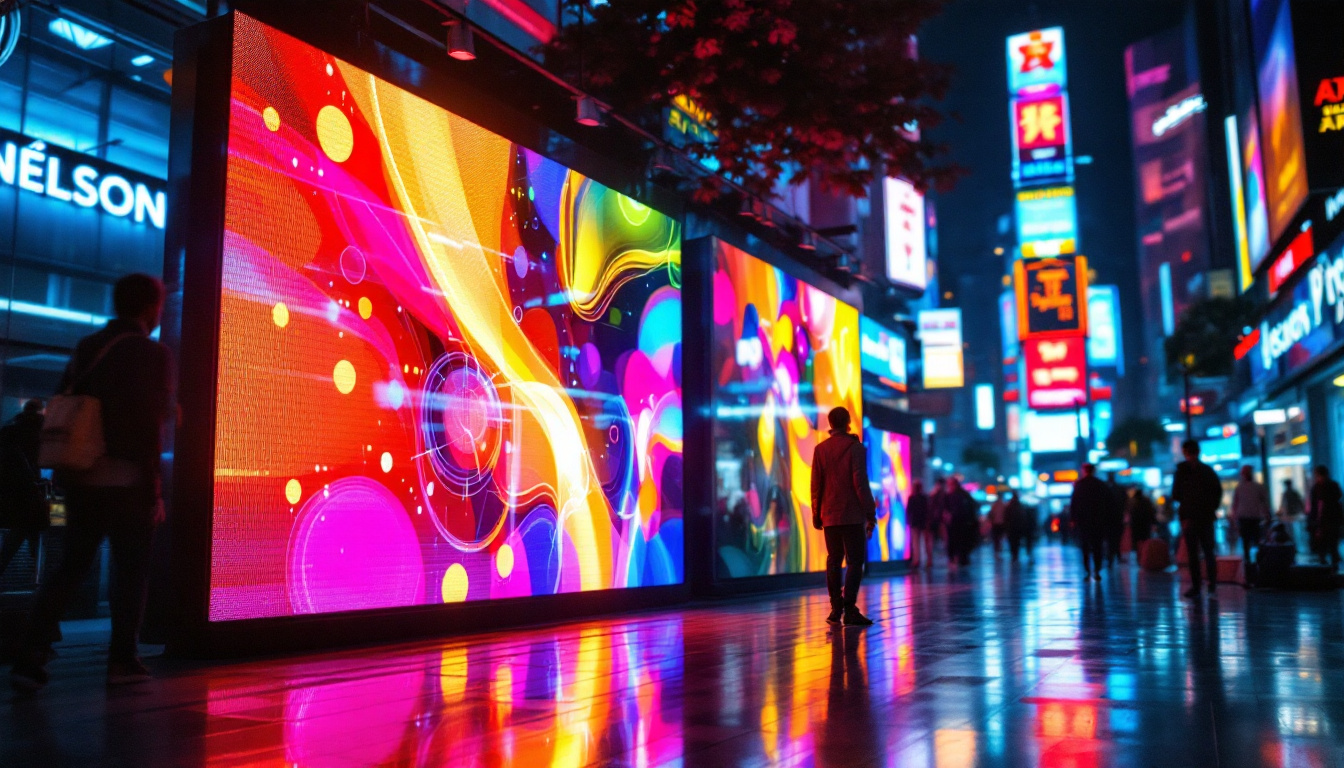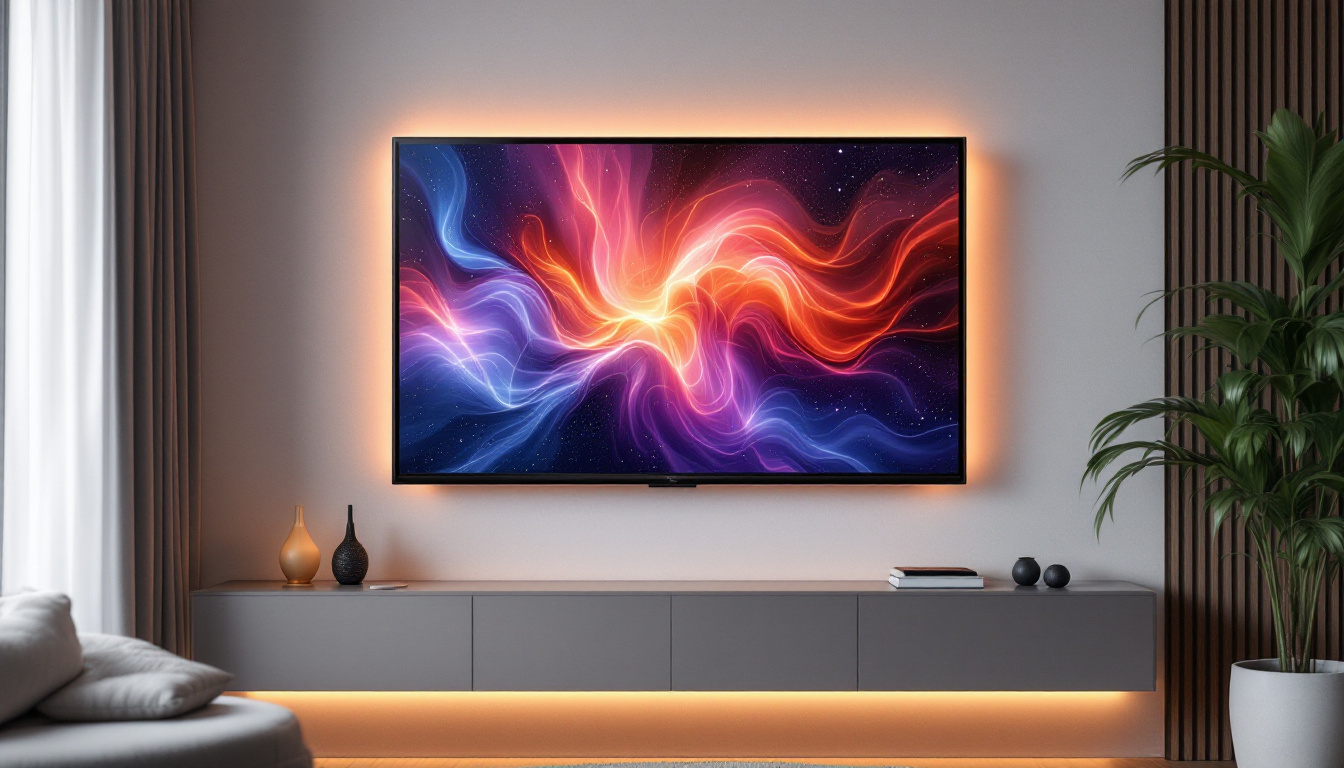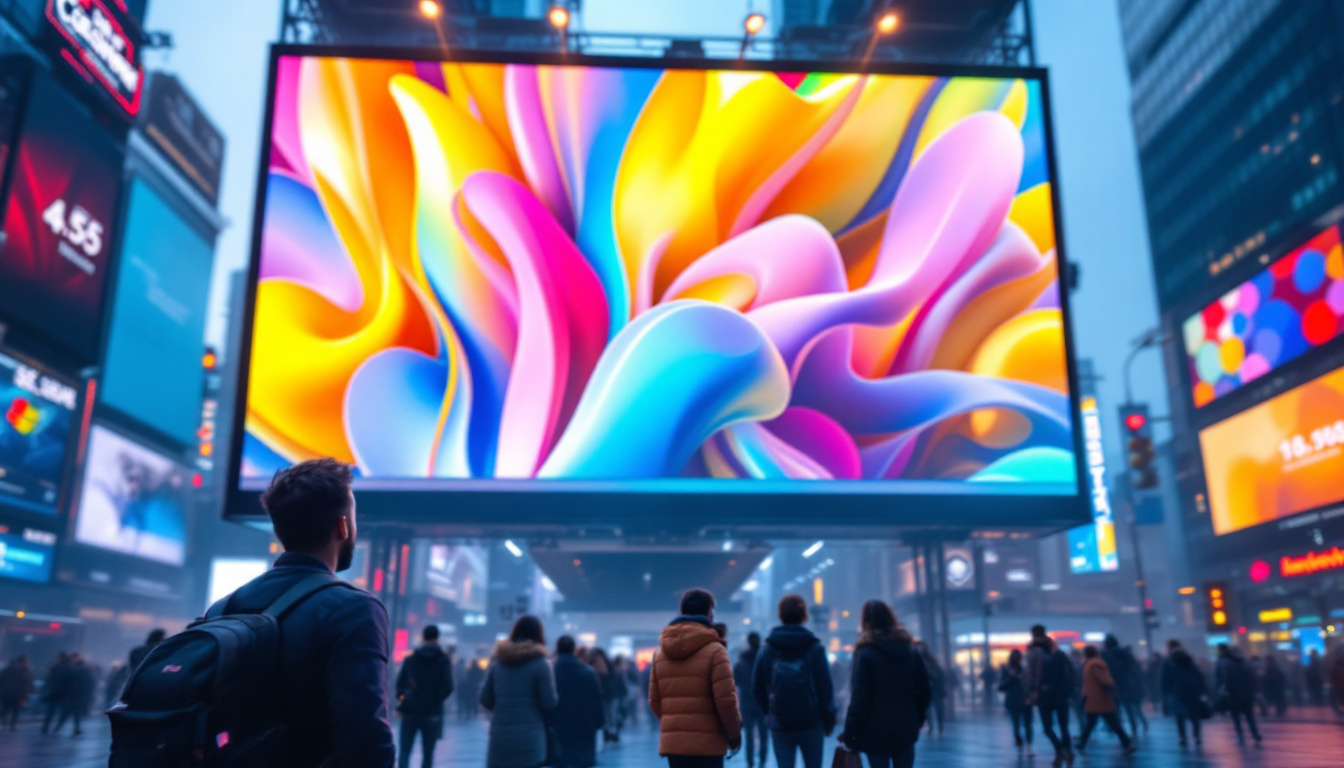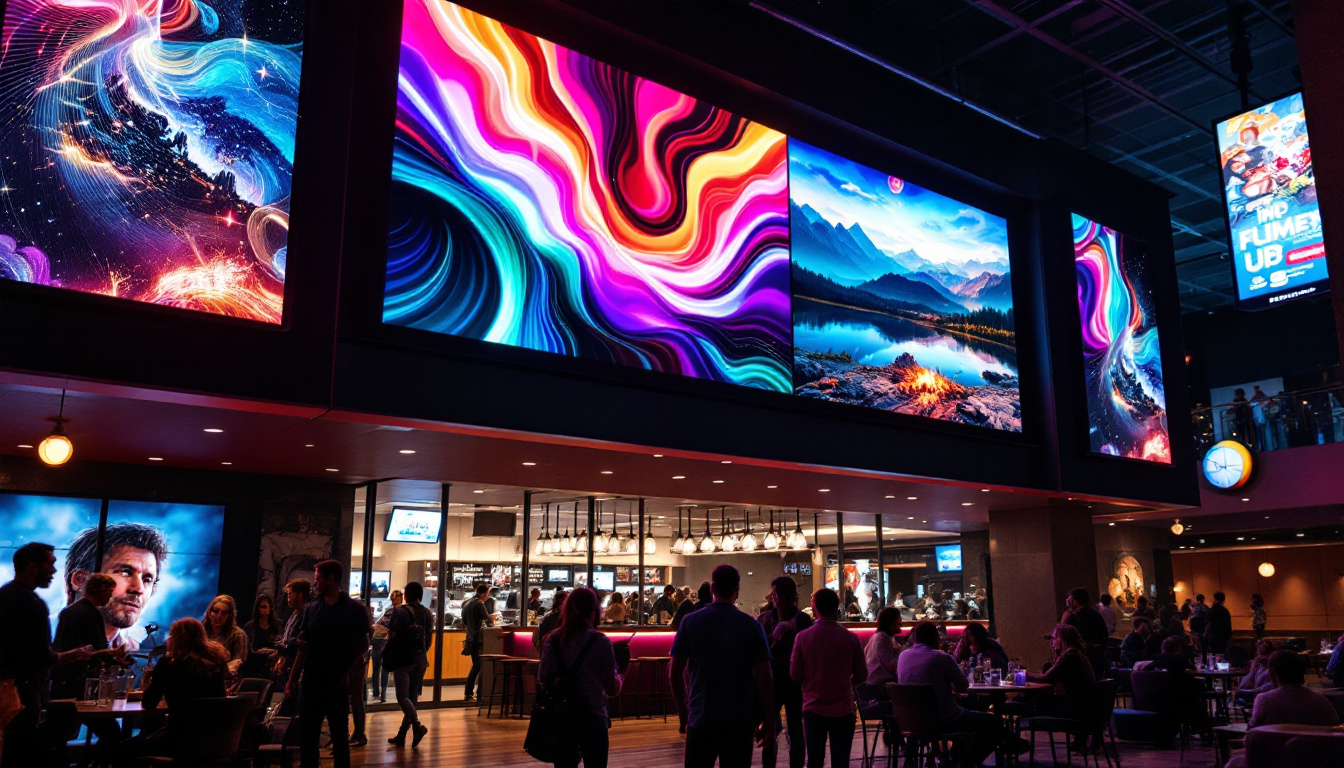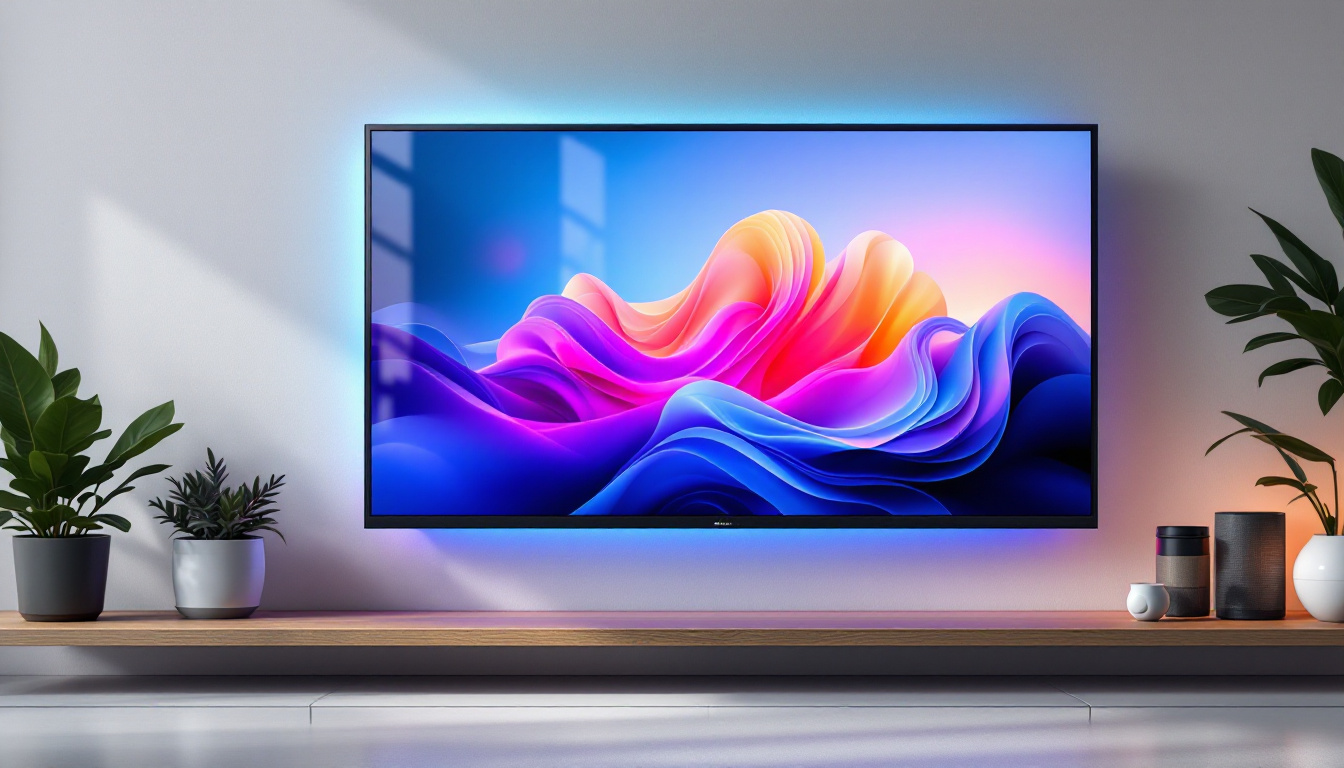The evolution of automotive technology has brought about significant advancements in vehicle displays, with LED screens becoming increasingly popular. These screens not only enhance the aesthetic appeal of cars but also improve functionality and user experience. This article delves into the intricacies of LED displays in cars, exploring their benefits, types, and future trends.
Understanding LED Technology
Light Emitting Diodes (LEDs) have revolutionized the way displays function in various devices, including cars. Unlike traditional LCD screens, LED displays utilize semiconductor technology to produce light, resulting in brighter and more vibrant images.
How LEDs Work
At the core of LED technology is the principle of electroluminescence. When an electric current passes through a semiconductor material, it emits light. This process allows for a more efficient display that consumes less power while providing superior brightness and contrast. The compact size of LEDs also enables manufacturers to create thinner displays, which is particularly beneficial in automotive design.
Advantages of LED Displays in Cars
LED displays offer numerous advantages over traditional display technologies. One of the most notable benefits is their energy efficiency. Cars equipped with LED screens consume less power, which can contribute to improved fuel efficiency. Additionally, LED screens have a longer lifespan, reducing the need for frequent replacements.
Another significant advantage is visibility. LED displays are known for their high brightness levels, making them easier to read in direct sunlight. This feature is particularly important for drivers who need to access navigation information or other critical data quickly and safely. Furthermore, the rapid response time of LEDs ensures that information is displayed almost instantaneously, which can enhance the overall user experience, especially in dynamic driving situations where quick decision-making is essential.
Moreover, the versatility of LED technology allows for a variety of applications within vehicles. From dashboard displays that provide real-time information about speed and fuel levels to infotainment systems that offer entertainment and connectivity options, the integration of LEDs can enhance both functionality and aesthetics. With the growing trend towards smart cars, LED displays can also be programmed to adapt to different driving conditions, changing brightness levels automatically based on ambient light, further improving safety and comfort for the driver and passengers alike.
Types of LED Displays in Vehicles
There are several types of LED displays used in modern vehicles, each serving different purposes and functionalities. Understanding these types can help consumers make informed decisions when purchasing a vehicle.
Infotainment Displays
Infotainment systems have become a staple in modern vehicles, integrating entertainment, navigation, and communication features into a single interface. LED displays in infotainment systems provide crisp visuals and responsive touch capabilities, enhancing the overall user experience.
These displays often support various connectivity options, including Bluetooth and smartphone integration, allowing drivers to access their favorite apps and media effortlessly. The intuitive design of these screens contributes to safer driving by minimizing distractions. Furthermore, many infotainment displays are now equipped with voice recognition technology, enabling drivers to control navigation and media without taking their hands off the wheel or their eyes off the road, thus promoting a safer driving environment.
Instrument Clusters
Instrument clusters are another critical application of LED technology in vehicles. Traditional analog gauges are being replaced by digital displays that provide real-time information about speed, fuel levels, and engine performance. LED instrument clusters can be customized to show different themes and layouts, allowing drivers to personalize their dashboards.
Moreover, these displays can adapt to different lighting conditions, ensuring that information is always visible, whether during the day or at night. This adaptability enhances safety by ensuring that vital information is easily accessible at all times. In addition to standard metrics, some advanced clusters can display navigation prompts and alerts, further integrating essential driving information into one cohesive view, which can significantly reduce the cognitive load on drivers.
Exterior Displays
Exterior LED displays are often used for signaling purposes, such as turn signals, brake lights, and hazard lights. These displays are designed to be highly visible, ensuring that other drivers can see them clearly, even in adverse weather conditions.
Additionally, some vehicles are now equipped with LED screens that can display messages or graphics, such as welcome messages or alerts about the vehicle’s status. This feature adds a modern touch to vehicle design and can enhance communication between drivers and pedestrians. Beyond simple messaging, these exterior displays can also convey important safety information, such as alerts for nearby cyclists or pedestrians, and can even indicate when the vehicle is in autonomous mode, fostering a better understanding of the vehicle’s actions and intentions in complex traffic scenarios.
Challenges and Considerations
While LED displays offer numerous benefits, there are also challenges and considerations that manufacturers and consumers must keep in mind. Understanding these factors can help in making informed decisions regarding LED technology in vehicles.
Cost Implications
One of the primary challenges associated with LED displays is their cost. Although prices have decreased over the years, high-quality LED displays can still be more expensive than traditional LCDs. This cost can impact the overall price of a vehicle, making it a consideration for budget-conscious consumers.
However, it is essential to weigh the long-term benefits of LED technology, such as energy efficiency and durability, against the initial investment. In many cases, the advantages can justify the higher upfront cost. For instance, LED displays typically consume less power, which can lead to savings on fuel or battery life in electric vehicles. Additionally, the lifespan of LED displays often surpasses that of traditional displays, reducing the need for replacements and maintenance over time.
Heat Management
LED displays generate heat during operation, which can be a concern in automotive applications. Excessive heat can affect the performance and longevity of the display. Manufacturers must implement effective heat management solutions to ensure that LED screens function optimally in various environmental conditions.
Innovative cooling technologies, such as heat sinks and ventilation systems, are often integrated into vehicle designs to address this issue. Ensuring proper heat management is crucial for maintaining the reliability and performance of LED displays. Furthermore, advancements in materials science have led to the development of heat-resistant components that can withstand higher temperatures, thus enhancing the overall durability of LED displays in vehicles. As the automotive industry continues to evolve, ongoing research into thermal management solutions will be vital in optimizing the performance of LED technology, especially in high-performance vehicles where heat generation can be significant.
The Future of LED Displays in Automotive Technology
The automotive industry is continuously evolving, and LED technology is at the forefront of this transformation. As consumer demands for advanced features and enhanced user experiences grow, the future of LED displays in vehicles looks promising.
Integration with Advanced Driver Assistance Systems (ADAS)
As vehicles become more autonomous, LED displays will play a crucial role in communicating information to drivers and passengers. Integration with Advanced Driver Assistance Systems (ADAS) will allow LED screens to provide real-time feedback on the vehicle’s surroundings, enhancing safety and convenience.
For instance, LED displays can show alerts about potential hazards, lane departure warnings, and navigation instructions, all while adapting to the driving environment. This integration will create a more cohesive and intuitive driving experience.
Moreover, the ability to provide visual cues in conjunction with auditory alerts can significantly reduce the cognitive load on drivers. By visually highlighting obstacles or changes in traffic conditions, LED displays can help drivers make quicker decisions, ultimately leading to safer driving practices. As these systems become more sophisticated, we can expect to see features like predictive alerts that anticipate potential issues based on real-time data analysis, further enhancing the safety net around drivers and passengers.
Augmented Reality (AR) Displays
Another exciting development in the realm of LED displays is the potential for augmented reality (AR) integration. AR displays can overlay digital information onto the real world, providing drivers with essential data without diverting their attention from the road.
Imagine a scenario where navigation directions are projected onto the windshield, guiding drivers seamlessly to their destinations. This technology has the potential to revolutionize how drivers interact with their vehicles, making driving safer and more enjoyable.
In addition to navigation, AR displays could also enhance the driving experience by providing contextual information about the surroundings. For example, as a driver approaches a point of interest, the AR system could highlight restaurants, gas stations, or landmarks, complete with ratings and reviews. This seamless integration of information could transform mundane drives into engaging journeys, fostering a deeper connection between drivers and their environments.
Customization and Personalization
As technology advances, the demand for customization and personalization in vehicles is on the rise. LED displays will likely evolve to offer more customizable options, allowing drivers to choose themes, colors, and layouts that suit their preferences.
This level of personalization can extend beyond aesthetics, with displays capable of adapting to individual driver profiles. For example, a driver could set their preferred navigation routes, music playlists, and climate controls, all accessible through a personalized LED interface.
Furthermore, the potential for machine learning algorithms to analyze driving habits could lead to even more tailored experiences. By learning from a driver’s behavior over time, the system could suggest optimal routes based on traffic patterns or even adjust the display settings to minimize distractions during high-stress driving situations. Such advancements would not only enhance comfort but also contribute to a more efficient driving experience, allowing drivers to focus on what truly matters: the road ahead.
Conclusion
LED displays have become an integral part of modern automotive technology, offering numerous benefits in terms of efficiency, visibility, and user experience. As the automotive industry continues to evolve, the role of LED technology will only expand, paving the way for innovative features that enhance safety and convenience.
While challenges such as cost and heat management exist, the advantages of LED displays far outweigh these concerns. With ongoing advancements in integration, augmented reality, and customization, the future of LED displays in vehicles is bright, promising an exciting journey ahead for both manufacturers and consumers.
As the automotive landscape continues to change, staying informed about the latest developments in LED technology will be crucial for anyone looking to embrace the future of driving.
Explore the Future of Driving with LumenMatrix
Ready to experience the cutting-edge of automotive display technology? LumenMatrix is at the forefront of LED innovation, offering a wide range of solutions that bring the future of driving to your fingertips. From immersive vehicle LED displays to dynamic digital signage, our products are designed to transform your visual communication and enhance your driving experience. Check out LumenMatrix LED Display Solutions today and drive into the future with confidence and style.

